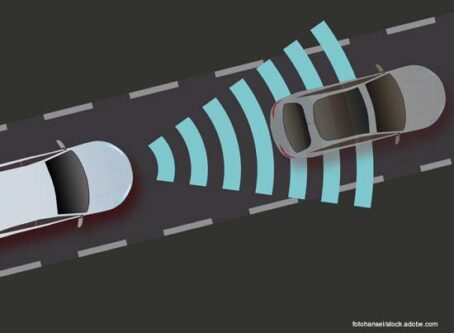MRB hints at returning apnea recommendations to handbook
Days before the Medical Review Board met on July 15-16, the FMCSA released a draft version of the 2019 Medical Examiners Handbook, which focused on making a clear distinction between regulation and guidance. In the case of obstructive sleep apnea, the new version reminds certified medical examiners that the agency has no regulations specifically regarding the condition.
During the Medical Review Board meetings, however, OOIDA’s Jay Grimes said members of the board wanted to re-insert its recommendations from 2016 that a driver should be required to take a sleep study if they have three of 11 “risk” factors. Based on those “risk” factors, anyone man aged 42 or older with a neck size of 17 or larger would be required to take a sleep study.
While no final decisions were made, Grimes said he’s hopeful those recommendations will stay out of the final version of the handbook, which is intended to help certified medical examiners in their evaluation of commercial motor vehicle drivers for a medical qualification determination.
“I think the goal of this handbook is to eliminate confusion between some of the regulation and guidance,” said Grimes, OOIDA’s director of federal affairs. “If it included the 2016 sleep apnea recommendations from MRB that haven’t been certified in any rulemaking, I think that would add confusion and be counterintuitive to the goal of the handbook.”
The previous version of the handbook had been pulled down from public view after the Owner-Operator Independent Drivers Association and others complained that the handbook created confusion for certified medical examiners on what was regulation and what was guidance. The old version was about 250 pages, included pictures of crash photos, and reminded certified medical examiners that they could be fined.
“What was recommended in the previous handbook wasn’t necessarily regulation,” Grimes said.
The new draft version, which is 78 pages, says that a high body mass index by itself may not be sufficient to order a sleep study.
“FMCSA reminds medical examiners that the agency has no rules or regulatory guidance or criteria specifically on obstructive sleep apnea screening, testing, and treatment beyond the existing requirements in 49 CFR 391.41(b)(5) and the 2000 medical advisory criteria, which is not mandatory,” the draft version of the 2019 handbook stated.
Grimes said the board, which consists of five medical experts who serve two-year terms, reviewed the first half of the handbook over the two days of meetings.
It will likely be a while before anything is finalized. The board will need to meet again to review the second half of the book, and Grimes said he expects there to be a public comment period.
FMCSA Deputy Administrator Alan Hanson also addressed the board on the first day of the meetings.
Hanson said there will be a notice of proposed rulemaking regarding the national registry of certified medical examiners expected in the fall and that the agency’s drug and alcohol clearinghouse is on track for January 2020.









